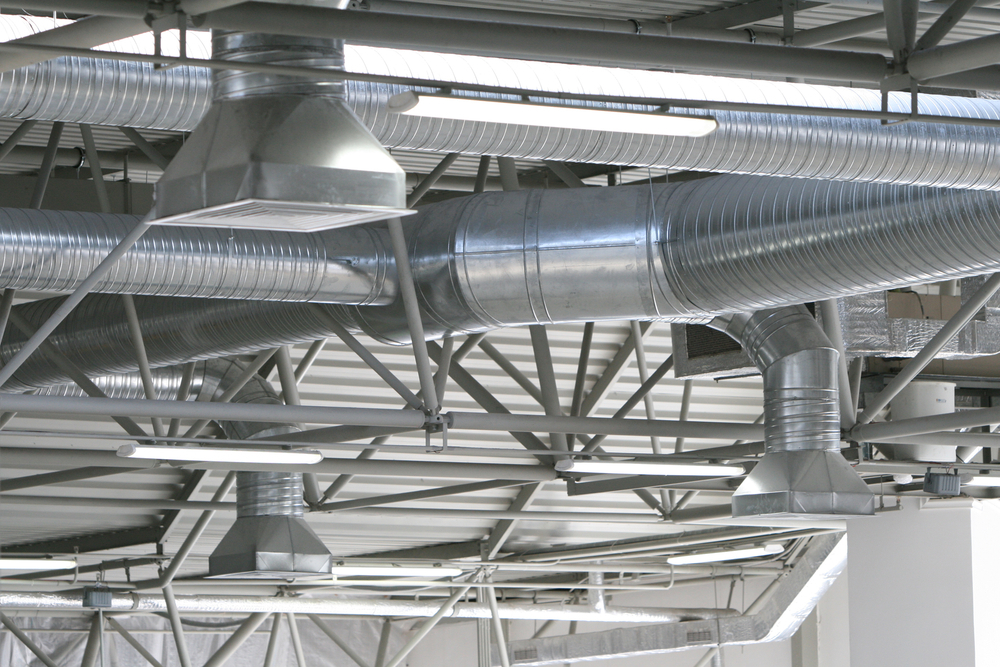legionella risk management plan
legionella testing
legionella risk assessment
legionella bacteria testing
Legionella Risk Management Plans
@airqualityinvestig (12)
Rosebery, Australia
September 26, 2014 1:06am CST
INDOOR AIR AND WATER QUALITY Water cooling towers, HVAC systems are ideal breeding grounds for Legionella. The warm water / moisture, dust and microbes harboured in the dust create an ideal environment for multiplication of micro-organisms inside HVAC systems and cooling towers.
Australian law mandates that every Cooling tower should be registered with the local authorities. Once registered, the owners need to put in place a Legionella Risk Management Plan. This plan needs to be implemented within 12 months of registration of the cooling tower.
Making of a Legionella Risk Management Plan
Of the various bacteria that originate from HVAC systems and cooling towers, the Legionella bacteria has the ability to survive and replicate and also exhibits resistance to biocides and high temperatures making it a very dangerous bacteria.
Mitigating the risk of Legionella infection requires that every building that has HVAC systems and cooling towers should also have a Legionella Risk Management Plan in place.
The undertaking of a Legionella Risk Management Plan to identify the potential hazards associated with the five critical risk categories i.e. stagnant water, nutrient growth, dust and grime accumulation, poor Licensed Asbestos Assessor, deficiencies in the cooling tower system, location and access of the cooling tower / HVAC systems.
The Legionella Risk Management Plan will highlight actions required to address the risks associated with the cooling tower system.
The Legionella Risk Management Plan needs to be reviewed annually to take into account any changes in the structure/ configuration / rules governing HVAC / Cooling towers.
To ensure that Legionella Risk Management Plan covers everything possible, it is also recommended that there be an annual audit of the Legionella Risk Management Plan.
How Risk of Legionella is Managed
Temperature Control: The temperature of the water must be carefully monitored to ensure it neither drops to a level that would encourage bacterial formation nor raises to a level that could cause scalding.
Dead ends: Dead ends should be avoided as they encourage the breeding of bacteria. When water flow stops, water will stagnate at the dead end and encourage the growth of bacteria including Legionella. A dead end is a branch in the plumbing that does not have an outlet or draw off point and therefore causes water stagnation leading to bacterial growth. This is especially true for heated water systems.
Dead ends in heated water systems can create ideal conditions for Legionella Testing Australia growth and must be avoided. The entire plumbing line must be audited to ensure there are no dead ends and that the water is in constant flow.
Visit here for more information : http://jmbec.com.au/legionella-risk-assessments/
No responses





